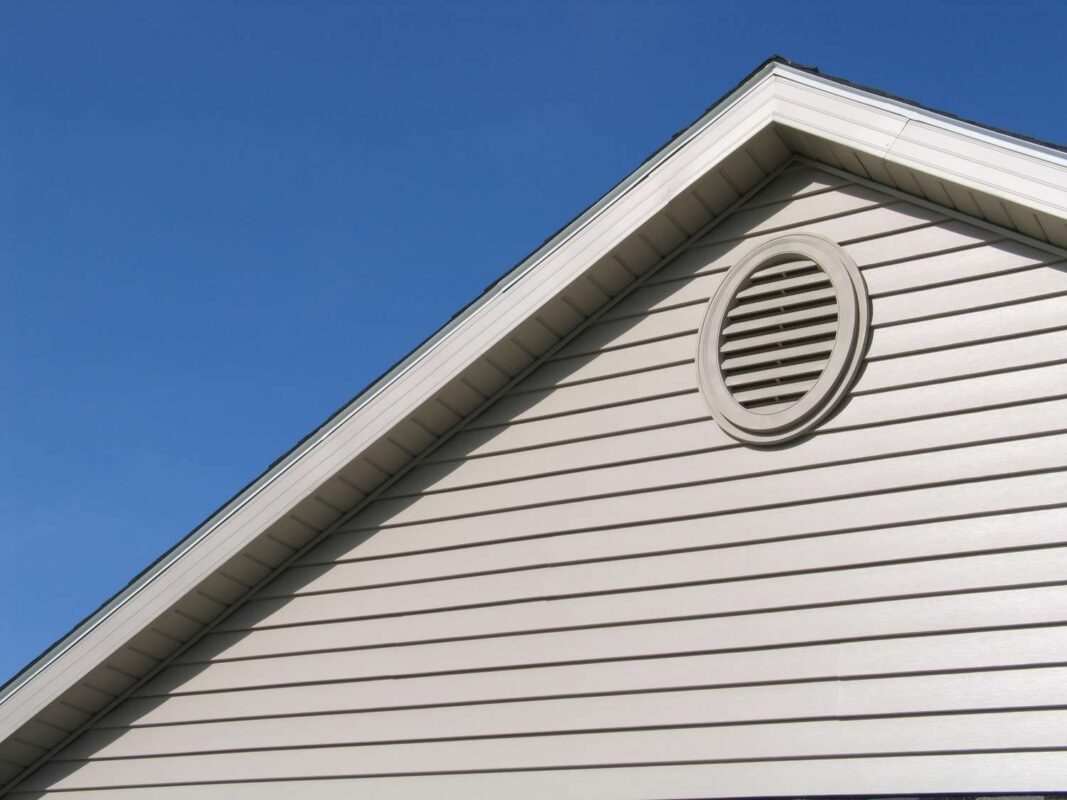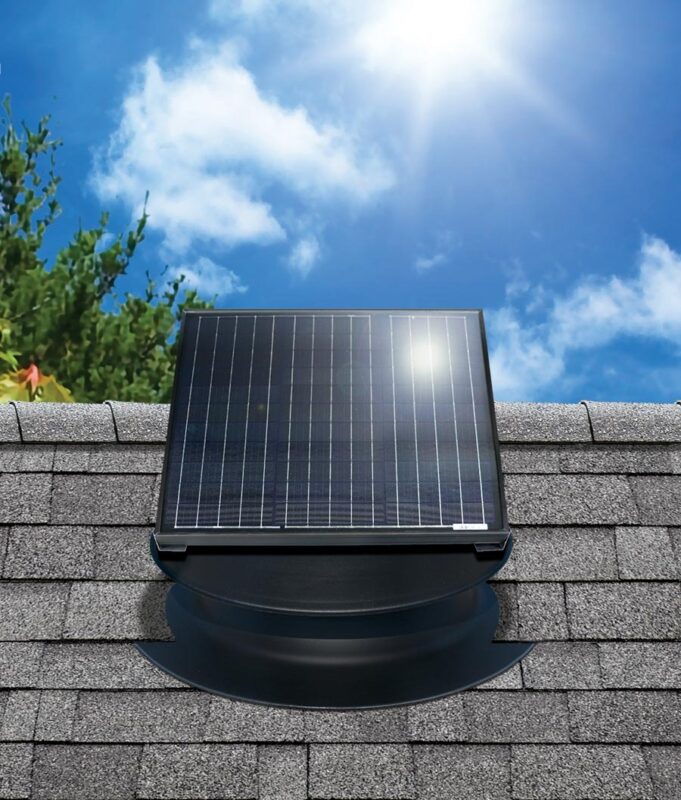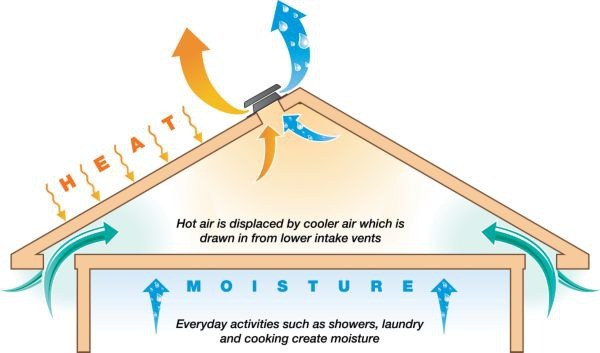In the pursuit of energy-efficient and well-ventilated homes, the synergy between solar attic fans and traditional attic ventilation systems has become a topic of interest. Homeowners seek ways to optimize their living spaces while harnessing the benefits of both sustainable and conventional solutions. This exploration delves into the possibilities of integrating solar attic fans with traditional ventilation methods and the potential advantages of this hybrid approach.
Understanding Traditional Attic Ventilation
Traditional attic ventilation systems often involve passive methods, such as ridge vents, soffit vents, and gable vents. These systems rely on natural convection currents to allow fresh air to enter through intake vents (typically located in the soffit or low on the roof) and exit through exhaust vents (often positioned near the ridge or high on the roof). This established approach helps regulate temperature and moisture levels in the attic, preventing issues like heat buildup and mold growth.
The Role of Solar Attic Fans
Solar attic fans, on the other hand, operate actively by utilizing solar energy to power a fan that expels hot air from the attic. These fans enhance the ventilation process by accelerating the removal of heat and moisture, reducing the workload on traditional passive systems. While effective on their own, the question arises: Can these solar-powered additions complement existing ventilation methods?
Check 500+ solar attic fans on Amazon!
Integration Possibilities:
Enhanced Air Circulation
Integrating a solar attic fan with traditional vents enhances air circulation. The fan expedites the removal of hot air, ensuring a continuous flow that can supplement the natural convection currents in the attic.
Moisture Management
Solar attic fans excel at moisture control. By actively expelling humid air, they prevent condensation and mold formation, complementing the moisture management capabilities of traditional vents.
Temperature Regulation
The collaborative effort of solar attic fans and traditional ventilation helps maintain a more consistent temperature throughout the attic. This equilibrium is essential for preserving the structural integrity of the roof and preventing overheating.
Considerations for Integration
Sizing and Placement
Proper sizing and strategic placement of both solar attic fans and traditional vents are crucial. Balancing the inflow and outflow ensures a harmonious collaboration, preventing the potential disruption of natural convection currents.
Roof Design
The design of the roof plays a pivotal role in integration. Factors like roof pitch, the presence of obstacles, and available space influence the selection of solar attic fan models and the positioning of traditional vents.
Climate Variations
Consideration of regional climate variations is essential. Understanding how different weather conditions impact attic ventilation helps optimize the integration of solar-powered and traditional systems.
Check 500+ solar attic fans on Amazon!
Benefits of Integration
Energy Efficiency
The combined use of solar attic fans and traditional ventilation systems can lead to enhanced energy efficiency. The active removal of hot air by the solar fan reduces the workload on passive vents, potentially lowering overall energy consumption.
Year-Round Performance
Integrating both systems ensures consistent performance throughout the year. Solar attic fans excel during sunny periods, while traditional vents provide steady ventilation during overcast days or at night.
Optimizing Attic Ventilation
In the quest for a well-ventilated and energy-efficient home, the integration of solar attic fans with traditional attic ventilation systems offers a promising solution. By capitalizing on the strengths of both active and passive methods, homeowners can create a synergistic approach to attic climate control. Considerations such as sizing, placement, and regional climate variations are key to optimizing this integration, providing year-round benefits that contribute to a healthier and more sustainable living environment. As homeowners embrace this hybrid solution, they open doors to a new era of attic ventilation that marries tradition with innovation for optimal performance.
Check 500+ solar attic fans on Amazon!




